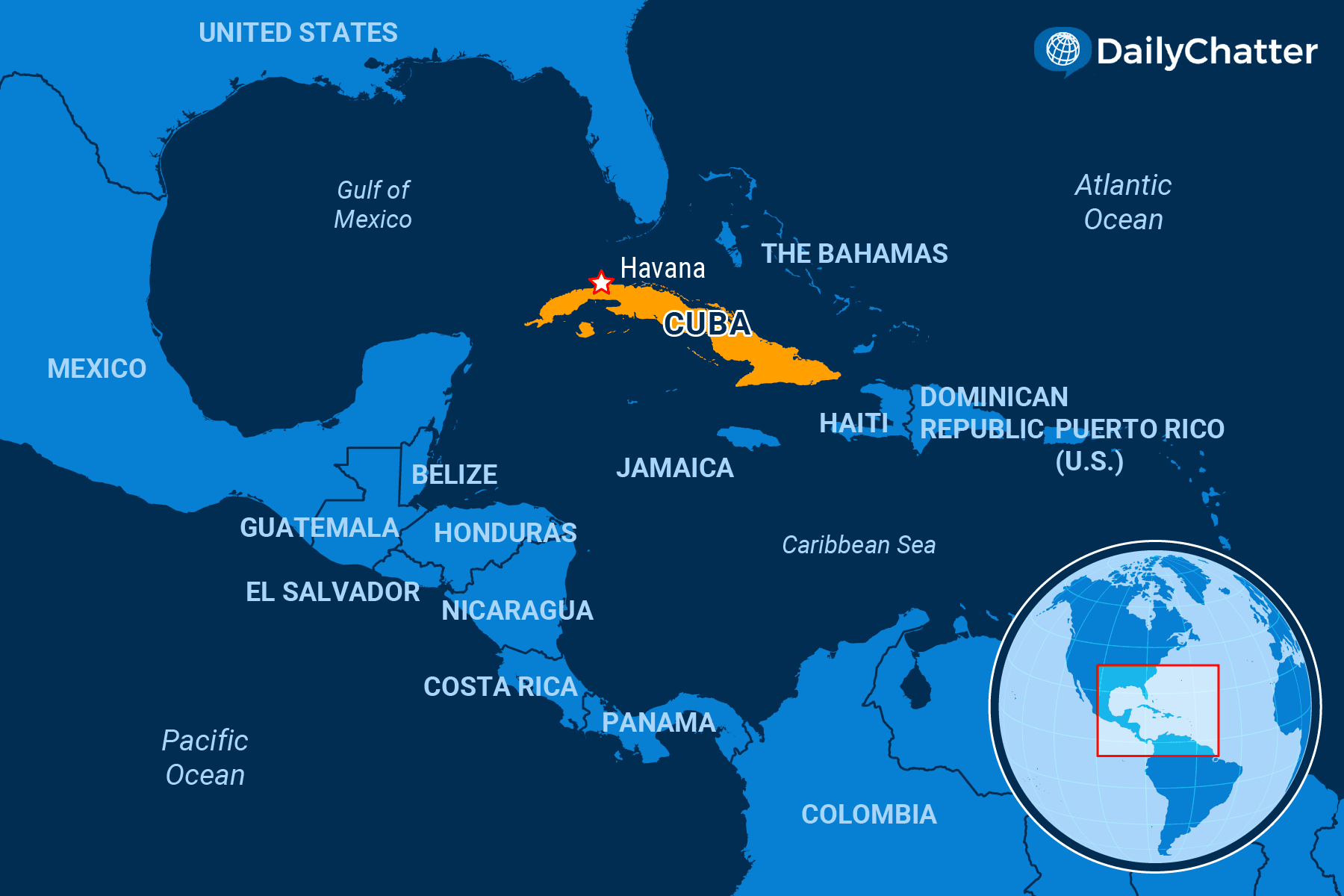
The World Today for July 26, 2021
NEED TO KNOW
CUBA

Patria y vida
Food shortages and price spikes were the initial motivations for the anti-government demonstrations now rocking Cuba. Gross national product declined a whopping 11 percent in the past year as the tourism industry plunged due to the coronavirus pandemic.
But now many observers believe the protests – the largest in decades – have morphed into the most significant challenge to the island’s communist regime in generations. It’s not just that there’s less money in circulation. Many Cubans no longer trust how their planned economy functions.
“The state says it has no resources,” Lillian Guerra, a Cuban history professor at the University of Florida, told National Public Radio. “Yet it’s investing and has been investing those resources in building and continuing to build hotels and tourist facilities with its own money. Cubans are fed up with that.”
A popular slogan during street marches is “Patria y vida” – homeland and life – a play on the motto “Patria o muerte,” or “homeland or death,” CNN reported.
The context for the shift in attitudes is obvious. Fidel Castro, who founded the Cuban revolution, died in 2016. His brother, Raul, who took over after his death, is 90 years old. Current Cuban President Miguel Díaz-Canel, meanwhile, simply doesn’t command the same fear and respect. “He’s no Fidel,” said a Cuban explaining the nature of the protests in the Washington Post.
Writing in an op-ed in the New York Times, Yoani Sánchez, a Cuban journalist and activist, argued that young Cubans today have no connection to Castro’s rebellion in the 1950s. They see a country where the government cracks down on freedom of expression, caters to foreign tourists and investors rather than its own people and mismanages the economy, including a slow rollout of Cuban-made vaccines.
Other changes are afoot. Afro-Cubans are at the forefront of the demonstrations. The Catholic Church has publicly appealed to officials to listen rather than demonize activists, Reuters added. Regardless, the marches turned violent with police clashing with protesters, shops being looted, and other damage. It is unclear how many have been injured or arrested. Even so, the government made some concessions to protesters such as loosening rules on food and drug imports and admitting some responsibility for the situation.
American leaders are figuring out how to respond. As the New York Post explained, conservatives have blasted leftists for calling for an end to the US embargo on the island. President Joseph Biden has stepped up staffing at the US embassy and reviewed rules governing remittances to make sure ordinary Cubans rather than officials receive money from abroad. He also rolled out new sanctions against a top Cuban military official and a special police unit Thursday for the crackdown on protesters, warning of more to come, the Wall Street Journal reported.
The editorial board at the Financial Times, meanwhile, urged the US and other nations to stay out of Cuba’s business given how American meddling in the past hasn’t helped much. A Bloomberg opinion piece suggested that the US could open Cuba’s tightly controlled Internet to help the protests, however.
Many regimes from Europe to the Middle East have fallen over the past 30 years. Some believe it might be Cuba’s time.
To read the full edition and support independent journalism, join our community of informed readers and subscribe today!
Not already a subscriber?
If you would like to receive DailyChatter directly to your inbox each morning, subscribe below with a free two-week trial.
Support journalism that’s independent, non-partisan, and fair.
If you are a student or faculty with a valid school email, you can sign up for a FREE student subscription or faculty subscription.
Questions? Write to us at [email protected].
